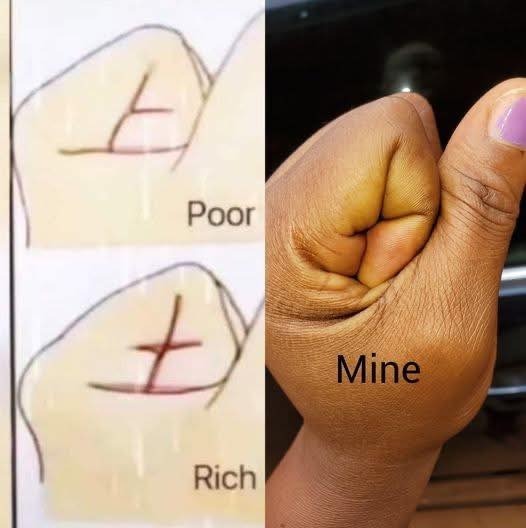For centuries, palmistry has captivated people around the world, offering a glimpse into personality, destiny, and even financial prospects. This ancient practice, also known as chiromancy, involves studying the lines, shapes, and marks on a person’s hands to uncover hidden truths about their life. While some view it as a fascinating art, others question its validity. Yet, the allure of palmistry remains strong, as many are drawn to the idea that their hands might hold clues to their wealth, luck, and personal traits.One of the most intriguing aspects of palmistry is the distinction between the so-called “poor” and “rich” lines. These markings are believed to reveal a person’s financial future. The “poor” line is often identified by a faint or broken cross near the thumb, symbolizing financial struggles or limitations. In contrast, the “rich” line features a deep, well-defined cross, suggesting the potential for wealth and success. These interpretations, while not scientifically proven, continue to fascinate those who seek insight into their fortunes.Palmistry varies across cultures, each adding its own unique traditions and practices. In Indian Vedic palmistry, for example, hand lines are analyzed alongside astrological elements to provide a comprehensive reading of one’s life and wealth. Chinese palmistry, on the other hand, focuses on specific palm markings and their connections to life, health, and prosperity. These cultural differences highlight the rich diversity of palmistry and its enduring appeal.
Despite its popularity, palmistry faces skepticism in scientific circles. Most researchers consider it a pseudoscience, as there is no concrete evidence to support its claims. Studies show that the lines and shapes of the hand are primarily determined by genetics, not fate. As a result, many view palmistry as a form of entertainment rather than a reliable tool for predicting the future.
Psychologists suggest that the appeal of palmistry lies in confirmation bias, where people interpret their hand lines to align with their beliefs or circumstances. This means individuals often see what they want to see, finding meaning in their hand markings that reflects their current lives or future aspirations.
Whether seen as a source of insight or simply a fun pastime, palmistry offers a unique way to reflect on life’s possibilities. It invites us to explore the mysteries of fate and destiny, encouraging curiosity about what our hands might reveal. While its scientific validity may be debated, palmistry’s ability to spark imagination and self-reflection ensures its place as a timeless and intriguing practice.
